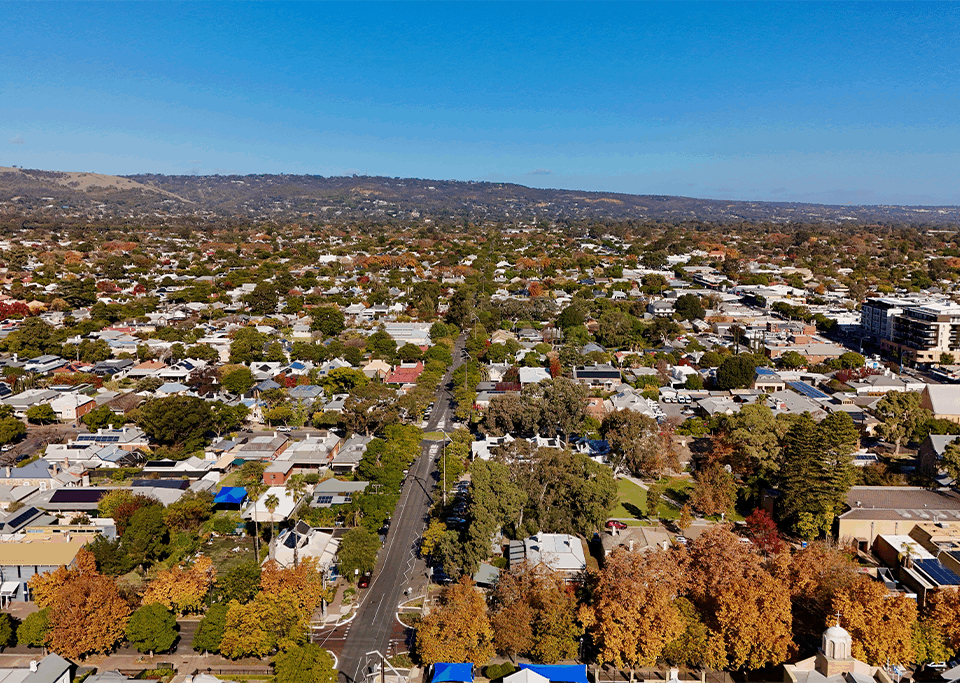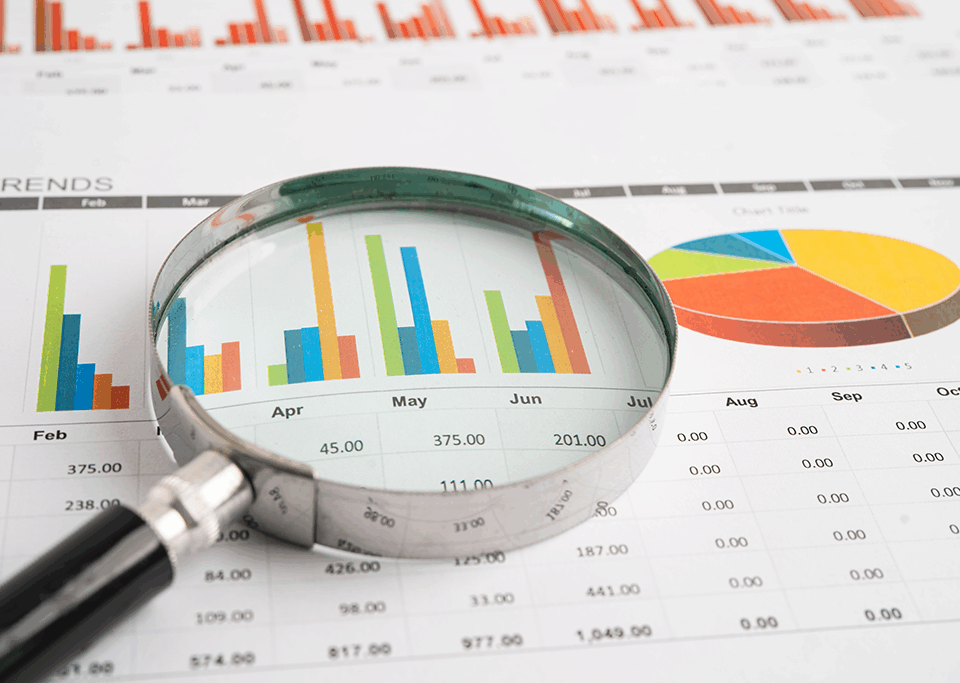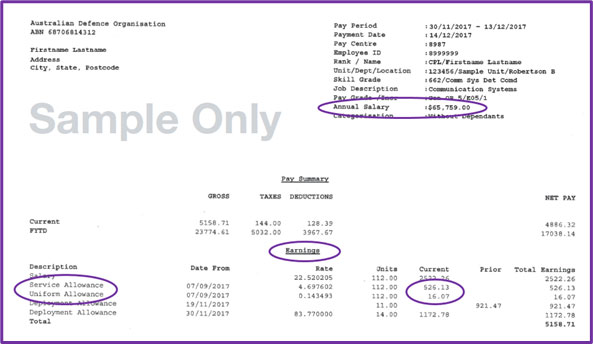
TAX TIME EDUCATIONAL RESOURCES
August 18, 2025
HOW A SUPERANNUATION FUND IS STRUCTURED
September 1, 2025Since the introduction of new military superannuation arrangements on 1 July 2016, new entrants to the ADF have had the opportunity to choose their own superannuation fund into which Defence makes an annual contribution of 16.4% of Ordinary Time Earnings (vs 12% in the private sector as of 1 July 2025).
Most of these members are in ADF Super which is administered by the Commonwealth Superannuation Corporation (by choice or default). However, a significant number have continued with the superannuation fund they were in prior to joining the ADF (by a statutory process called “stapling”). Others have made an active choice to use a different fund, including a self-managed superannuation fund.
The following tips for optimising your superannuation will be of particular relevance to these relatively new ADF members, but some of them may also help members of the older military schemes which are now closed to new members (MSBS/DFRDB) to improve their position prior to retirement.
1. Account Consolidation
The Australian Taxation Office (ATO) advises that around 4 million Australians hold two or more superannuation accounts. If you’re one of them, you may be wasting large amounts of money (often tens of thousands of dollars over career) on pointless fees and insurance premiums.
Consolidating your multiple accounts into one is generally a straightforward process that can be undertaken with the assistance of the superannuation fund of your choice. It can also be done through your MyGov account which will have a list of all your superannuation accounts and can also help you locate and claim any lost accounts of which you may not be aware (an unexpected bonus!).
The number of Australians holding multiple accounts is shrinking, but there are still millions of people who are paying unnecessary costs. If you’re one of them, consolidating your accounts may significantly improve your financial position in retirement.
2. Fund Investment Performance
One of the most common questions we’re asked is “what’s the best superfund?” The answer to that question is not a simple one because it depends on your attitude to risk and your definition of “best”. However, what we can offer to assist in your decision-making is the ATO’s Superannuation Comparison Tool. It’s free, independent and authoritative. It provides a comparison of all the major superannuation funds in Australia, enabling you to compare how your fund is performing within the wider market.
It may be very much in your best interest to make the comparison, given the important work done by the Productivity Commission that showed many people would retire hundreds of thousands of dollars better off by simply choosing a consistently better performing fund. This is principally achieved through the magic of compound interest over a career.
It is also a good idea at this time, to think about how much income/money you’ll need in retirement. Here are a few thoughts from the government’s Money Smart website to get you started.
3. Fund Fees
Whereas you don’t have immediate and direct control over the performance of investment markets (and therefore of your superannuation fund’s long term performance), you do have control over the administration and management fees that you’re paying on your account.
This is another area where the ATO’s Superannuation Comparison Tool is helpful. Through using the personalised version of the tool, you’ll be able to see exactly the amount of fees that you’re paying on your current balance. Then you’ll be in a good position to make a fully informed decision about whether to move to a different fund.
Just to emphasise the point, according to the Productivity Commission, a “mere” 0.5% per annum in fees over a career can leave an average person poorer by a considerable amount, sometimes in the order of $100,000. This estimate and more is outlined in an excellent discussion paper on superannuation fees (and performance) published by Super Consumers Australia.
4. Nominating your Beneficiaries
While superannuation is supposed to be spent on funding your retirement (after all, you can’t take it with you), it’s quite possible that you’ll have some money left over in your superannuation account when you die. Unlike your other assets (such as your house), your Will doesn’t automatically cover the disbursement of your superannuation assets.
Therefore, you should consider making either a binding or non-binding death benefit nomination about where/to whom the remaining money is to go when the time comes. Subject to prescribed rules, the former binds the trustee of your superannuation fund to pay the money to your nominated dependents (as defined), whereas the latter acts as a guide to the trustee which may take your wishes into account at the time of death.
If you’d like to learn more, we recommend this detailed explanation by the Commonwealth Superannuation Corporation about how the nomination system works. Other publicly offered superannuation funds offer similar explanations. The ATO website has a useful section on the subject that includes an explanation of “dependent” and the tax issues relating to death benefits.
5. Additional Contributions
There is a lot to be said for adding to your retirement savings by making additional contributions to your superannuation fund. Depending on your circumstances, this can be done by making “concessional” (essentially, tax deductible) contributions or “non-concessional” (essentially non-tax deductible) contributions.
A brief explanation of the type, allowable amounts and tax consequences of superannuation contributions can be found at the government’s Money Smart website.
If you’d like to explore the concept known as “salary sacrifice” of superannuation contributions, you should start by reading this brief explanation from the ATO. If you decide to go ahead, we suggest that you should contact the Defence appointed contractor, Smart, whose role is to arrange superannuation salary sacrifice arrangements for ADF members. Make sure you get their proposal in writing before proceeding and be satisfied that the strategy actually achieves the tax savings that you’re expecting.
While we can’t say whether you should put more money into superannuation, we can say that we have rarely met a person who, having reached retirement age, regretted making additional contributions earlier in their career.
6. Superannuation is a Long Game
Superannuation is a long-term investment. Therefore, there is a lot to be said for avoiding the temptation to constantly change your superannuation fund (and its underlying investments) in the vain hope of always achieving better investment returns.
There is a considerable amount of analysis which demonstrates that staying “in the market”, rather than trying to “time the market” (by moving in and out on a regular basis) produces better results in the long run. Here’s one of many such analyses describing share market volatility since the global financial crisis in 2008 and the difficulty of successfully predicting movements in the market.
In the context of superannuation, the more relevant information is how a fund performs over the long run, say five to ten years. Of course, this doesn’t mean you should never change your superannuation provider or rebalance your fund’s underlying investments.
Rather, it suggests that you should regularly review the evidence based on verifiable observation and experience (aka empirical evidence) and avoid making knee-jerk changes based on emotion and short term volatility.
Some people prefer to undertake a review of their superannuation fund with the assistance of a licensed financial adviser. You can find out more about this process by reading Getting Financial Advice on the ADF Financial Services Consumer Centre’s website. Using a financial adviser can be money well spent; however, it is important to be aware that financial advice can be expensive (think thousands of dollars, not hundreds).
We strongly recommend that you should get a written statement of the cost and scope of any proposed financial advice, before you proceed, thereby avoiding unpleasant misunderstandings and surprises.
7. Our Superannuation Quiz
Before leaving this topic, you might like to challenge yourself with our Superannuation Quiz. It covers many of the questions we receive online and during face-to-face seminars. The Quiz isn’t designed to be easy. It’s designed to be challenging and educational, so there’s no need to be concerned if you don’t get a perfect score.
The point of the quiz is to draw attention to areas in which you could improve your knowledge of one of the most significant investments you’ll ever make. Indeed, your superannuation can sometimes be more valuable than the family home, so it’s worth taking the time to make the most of it when the opportunity arises, well before you need to use it in retirement.







